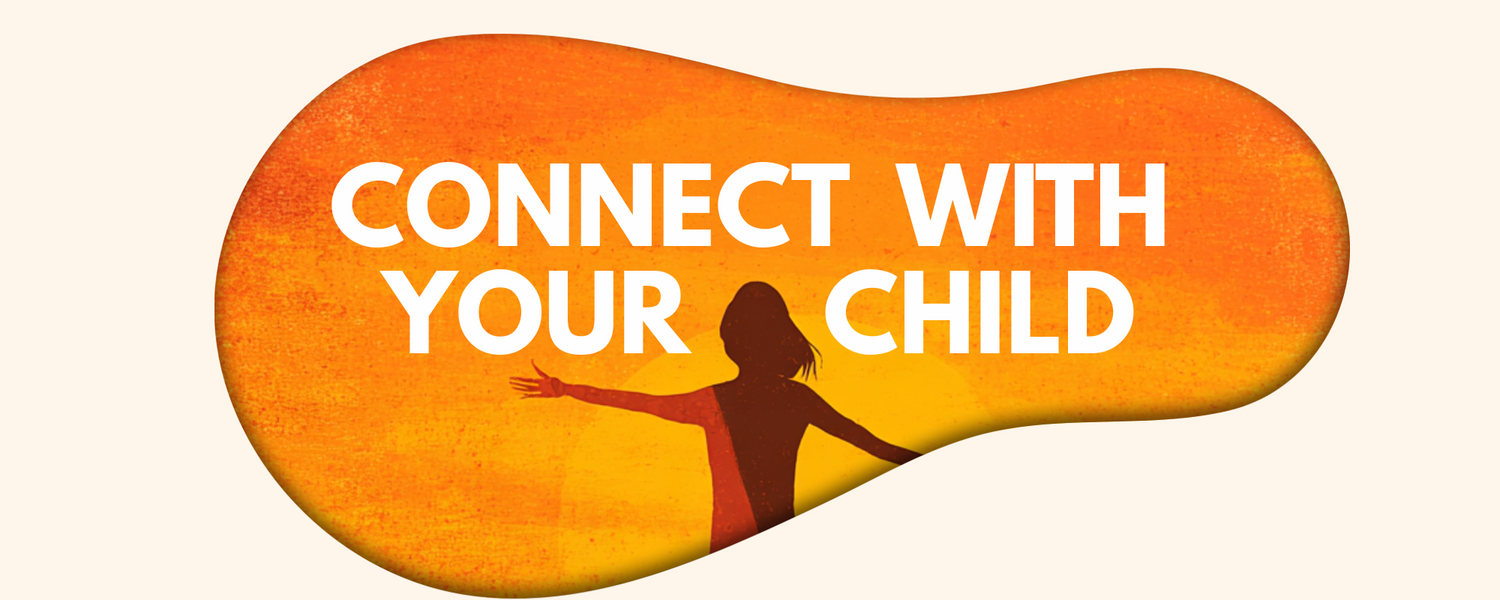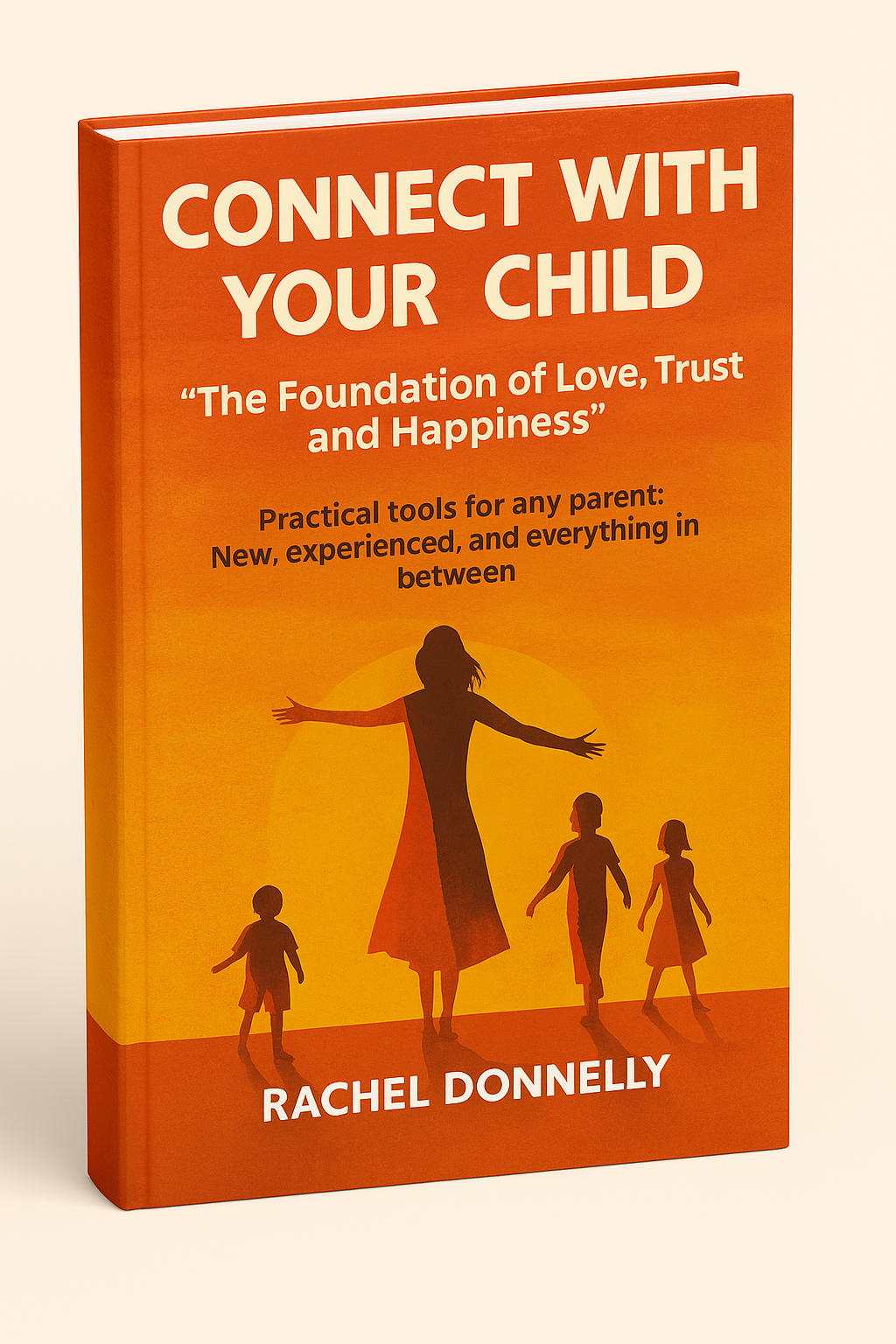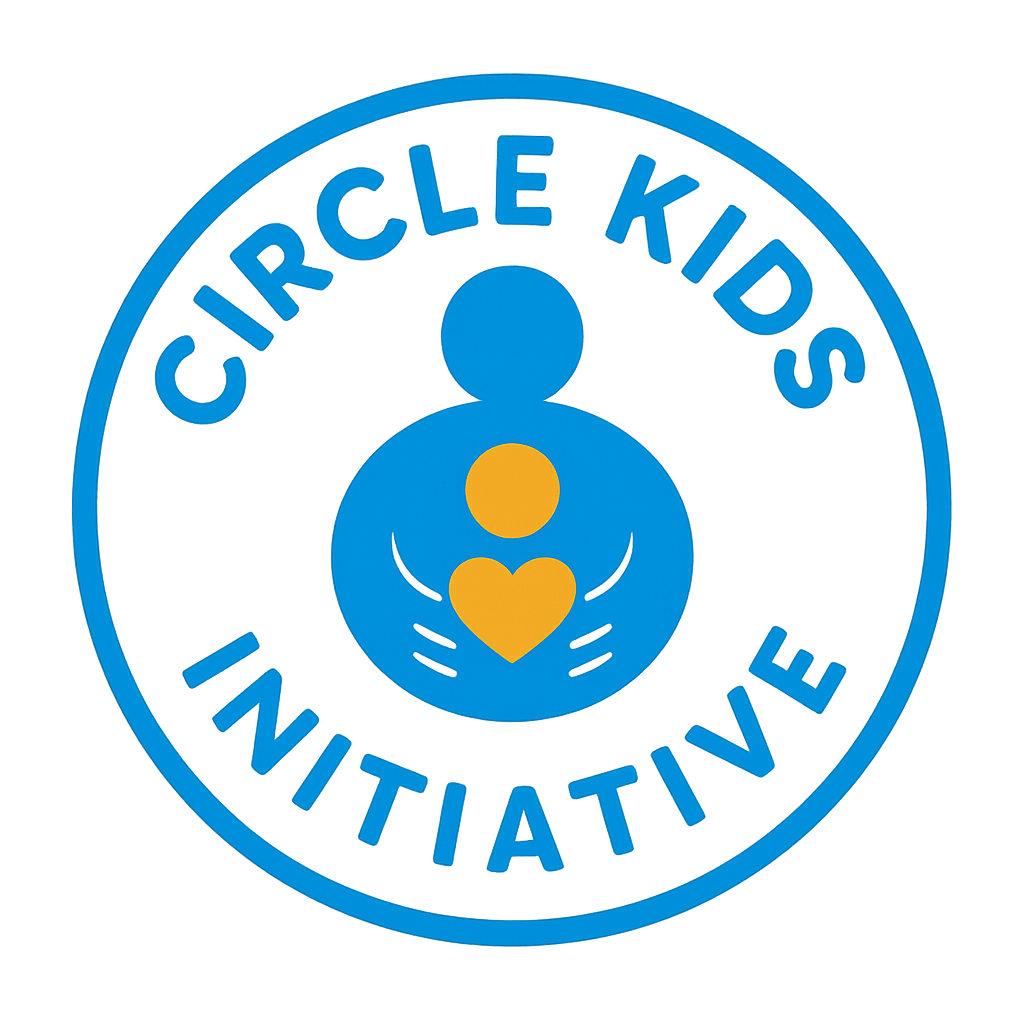Screens, Homework, Bedtime: 10 Real Fixes to Reconnect With Your Child
Reading time: ~10–12 minutes
If your evenings feel like negotiations and mornings like a sprint, you’re not broken—you’re a modern parent. What most of us were never taught is that connection isn’t a personality trait; it’s a handful of habits and phrases you can deploy under pressure. This post gives you real fixes you can use tonight—no purchases required.
Note: If you want the full warm-and-firm framework and a 90-day plan, I lay it out step by step in my ebook Connect with Your Child. I’ll point to the relevant bits as we go.
1) The two-minute “Welcome Home” (why it buys you an easier evening)
Do this today: When you reunite (school pick-up, after work, sports), put your phone down, meet your child’s eyes, and ask one non-logistical question: “What made you laugh today?” or “Best 60 seconds of your day?” Two minutes, tops.
Why it works: After separations, kids scan for belonging. A tiny burst of undivided attention lowers friction later—especially around homework and screens—because they don’t need pushback to prove they matter.
Make it stick: Tie it to a physical cue (front door, car seat, kitchen stool). If you forget, do a “Welcome Home—Late Edition” at dinner.
→ In Connect with Your Child, Chapter 3 includes age-graded “Welcome” prompts and a printable you can tape by the door.
2) “First Two With You” (the homework ramp that reduces battles)
Do this today: Sit for the first two minutes or first two problems, then step away on purpose. Set a timer. If your child stalls, you’re the human starter motor; when the timer dings, you fade.
Why it works: Beginning is the hardest part. This lends momentum without turning you into the project manager for every assignment.
Make it stick: Pair with a 5-minute movement break every 20–25 minutes (wall push-ups, staircase laps, jumping jacks).
→ I walk through ADHD/anxiety adaptations and “quadrant the page” in Connect with Your Child, Ch. 3.
3) One-line validation before any limit (the anti-argument)
Do this today: Before you set a boundary, offer one sentence that names what’s real for your child: “You wanted more time.” or “You’re frustrated.” Then the limit: “We’re done for tonight.”
Why it works: Naming doesn’t equal agreeing. It tells the nervous system I’m seen, which drops defensiveness so the limit can land.
Make it stick: Keep it to one breath; over-explaining invites debate.
4) The 5-minute bedtime bookend (end the day without battles)
Do this today: Dock devices an hour before sleep (adults first), dim the room, and repeat a tiny closing routine: PJs → teeth → one page aloud → “one good thing / one hard thing.”
Why it works: Predictability lowers anxiety; a consistent “last word” protects the relationship even after a rough evening.
Make it stick: If nights are chaotic, keep the bookend and shorten everything else. A 60-second ritual is still a ritual.
→ Bedtime scripts, “Worry Jar,” and audiobook bridge are covered in Ch. 3 & 4 of Connect with Your Child.
5) Use “do-instead” language (all feelings allowed; not all actions)
Do this today: Replace “Stop it!” with a boundary + acceptable outlet.
- “I won’t let you hit. Hands keep people safe. We can stomp or rip paper.”
- “You can be angry; you can’t be cruel. Say it with respect and I can listen.”
Why it works: The body needs an exit ramp. Giving one reduces escalation and teaches replacement skills.
Make it stick: Practice when calm for one minute (role-play for littles; quick reps for big kids).

The Book & The Mission
If you’re finding these useful, “Connect with Your Child” pulls them into one rhythm: three daily hinges (morning/after-school/evening), warm-and-firm scripts, a one-page Family Media Plan, sibling coaching, and a 90-day plan so it sticks. Use this post freely; the ebook just saves you time stitching it together.
Starting today, 30% of every book sale goes to "Circle Kids Initiative", a newly formed nonprofit that provides resources and support to children without parental care or in difficult circumstances. Your purchase directly helps fund essentials, education, and safe guidance for kids who need it most.
6) Shrink transitions (and stop the spirals)
Do this today: Preview → cue → choice.
- “We leave in five.” (preview)
- Timer dings. (cue)
- “Shoes together or piggyback to the car?” (choice within your boundary)
Why it works: Transitions trigger dysregulation. Predictable steps + small agency lowers fight-or-flight.
Make it stick: Use the same sequence for every recurring shift.
→ You’ll find full morning/after-school/evening choreography and “two-choice menus” by age in Ch. 3 of Connect with Your Child.
7) Protect two phone-free windows (adults go first)
Do this today: Choose two periods (common winners: dinner + bedtime hour) and treat them like seatbelts. If you must check something, narrate: “I’ll look for two minutes and come back.”
Why it works: Attention is the currency of connection. When faces get priority, kids don’t need misbehavior as a magnet.
Make it stick: Central charging station outside bedrooms; real alarm clock so phones don’t “need” pillows.
8) Praise specifics, not personalities (grow exactly what you want)
Do this today: Swap “You’re so smart!” for “You stuck with the hard part.” or “You took a breath before trying again.”
Why it works: Specific, effort-based praise grows resilience and honesty. Kids chase what gets named.
Make it stick: Keep a mental list of 3–5 “catchable” behaviors (effort, strategy, kindness, responsibility, repair).
→ The book includes age-graded praise banks and a tiny printable you can stick on the fridge.
9) Replace before you remove (especially with screens)
Do this today: If a screen is meeting a need (belonging, escape, competence), keep a boundary and add a healthier path to the same relief: team sport, art hour, coding, shared show you actually watch together.
Why it works: White-knuckle removal creates power struggles and secrecy. Replacements help regulation and make limits feel like care.
Make it stick: Link freedom to safety behaviors (check-ins, sober spaces, planned rides), not moods.
→ “Algorithm literacy,” feed resets, and mute/block scripts are explained simply in Connect with Your Child, Ch. 4.
10) Repair fast (and give the moment a new ending)
Do this today: Keep apologies short, specific, and followed by a redo or small restitution:
“I made it bigger. I’m sorry. The rule stands. Want to try those last two minutes again?”
Why it works: Kids learn relationships can bend without breaking. Repair restores dignity faster than lectures.
Make it stick: Normalize it. Parents go first; siblings follow.
What this looks like on a real Tuesday
You pick up your fourth-grader. “Welcome Home” lands. Snack + 10 minutes of nothing. First Two With You starts math; timer enforces a movement break; you fade. Dinner without phones. A screen shutdown gets one-line validation + neutral follow-through. Evening ends with one page aloud and one good/one hard. A blow-up happens at 7:40. You repair at 7:48. Everyone sleeps more. That’s a win.
→ The ebook strings these moves into a 90-day cadence so they become automatic.
Common objections (answered briefly)
“I don’t have time.”
These are 2-minute rituals and 1-line scripts. Consistency beats intensity.
→ The “Tiny Wins Dashboard” in the book helps you track without turning your home into a spreadsheet.
“My kid is different.”
Good—every child is. Principles stay; supports change. Think fair ≠ identical.
→ Adaptations for sensory needs, anxiety, and attention profiles are noted throughout the ebook.
“Co-parent styles clash.” Agree on a short shared floor (sleep window, device dock, respect, safety). Styles can differ above that.→ There’s a ready-to-copy “business-tone” handoff script and shared-floor checklist in Ch. 9.

Why I still wrote a book (and when you might want it)
This post hands you the bones: small rituals, short scripts, and the psychology behind them. If your home needs a complete playbook—warm + firm posture by age, full morning/homework/bedtime choreography, a one-page media plan, sibling peace without courtroom parenting, mental-health supports in plain language, co-parenting templates, and a 90-day plan—that’s exactly what Connect with Your Child gives you.
Connect with Your Child: The Foundation of Love, Trust, and Happiness
Practical tools for any parents—new, experienced, and everything in between.

Read with Purpose: 30% to Children in Need
Our Promise: 30% to Children in Need
We believe calm, connected homes start with caring for the most vulnerable. That’s why 30% of every book sale is donated to "Circle Kids Initiative", a new nonprofit dedicated to supporting children without parental care or facing serious challenges.
Where the funds go:
- Basic needs: food, clothing, and school supplies
- Education & mentoring: tutoring, skill-building, and safe after-school spaces
- Emotional support: access to counseling and trusted adult guidance
Transparency: We’ll share periodic updates on total donations and funded initiatives so you can see the impact your purchase makes.

About the creator
I’m Rachel Donnelly, a U.S.-based psychologist, writer, and mom of three. For more than two decades I’ve worked with families in clinics, schools, and living rooms—helping parents lead with connection, set kind limits, and build homes that feel human on ordinary weekdays. I’ve coached new parents through sleep-deprived seasons, supported co-parents across two homes, and guided teens and their adults through the crosswinds of screens, school stress, and big feelings.
“Connect with Your Child: The Foundation of Love, Trust and Happiness” gathers the best of that work—age-by-age guidance, screen sanity, sibling peace, safety and consent, and a 90-day plan to turn ideas into habits. I write the way I practice: warm and firm at once, with lots of repair and zero theatrics.
I live in Cary, North Carolina with my family, an elderly dog who thinks he’s a therapist, and more library holds than I can possibly read. When I’m not meeting with parents or writing, you’ll find me walking at dusk, baking on Sundays, or losing at board games to people I love.
What I’ve learned is simple and stubborn: connection comes first. When kids feel seen and safe, they cooperate more, recover faster, and tell us the truth sooner. My approach blends evidence-based tools with real-life rhythms—short scripts, tiny routines, and one-page plans you can use between soccer practice and dinner. No shame. No perfectionism. Just practical steps that respect both the child and the adult in the room.
(Educational content only; not a substitute for personalized medical or psychological care)
-
 Save $95
Save $95Connect with Your Child
Precio habitual $24.99Precio habitual $24.99 Precio de ofertaPrecio unitario por$119.9979%




